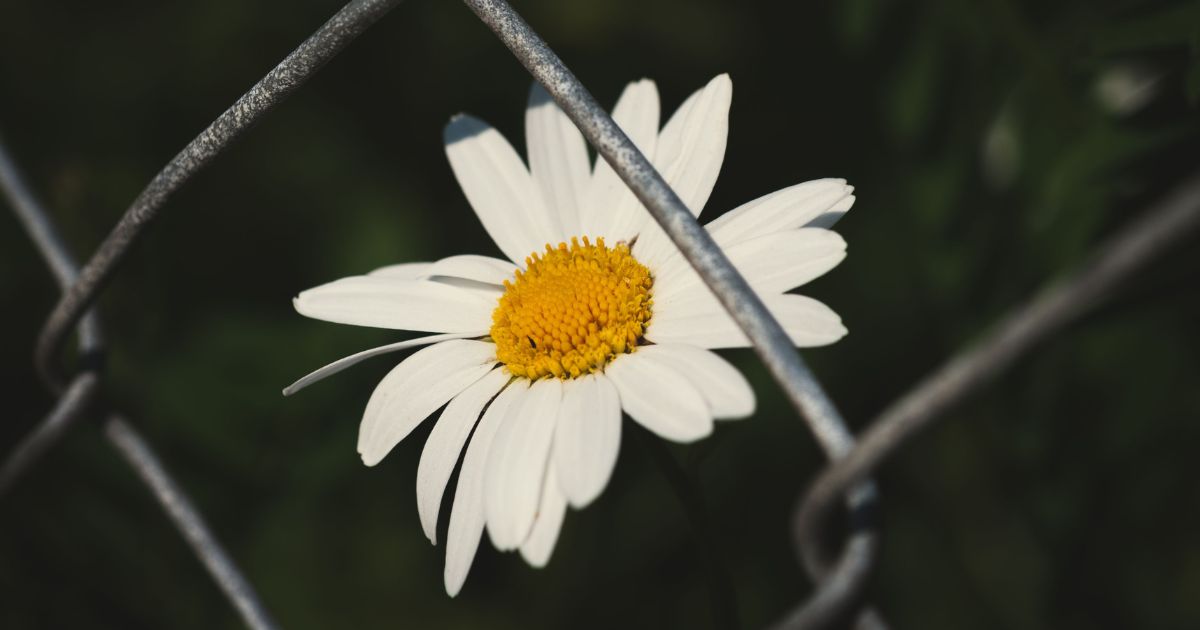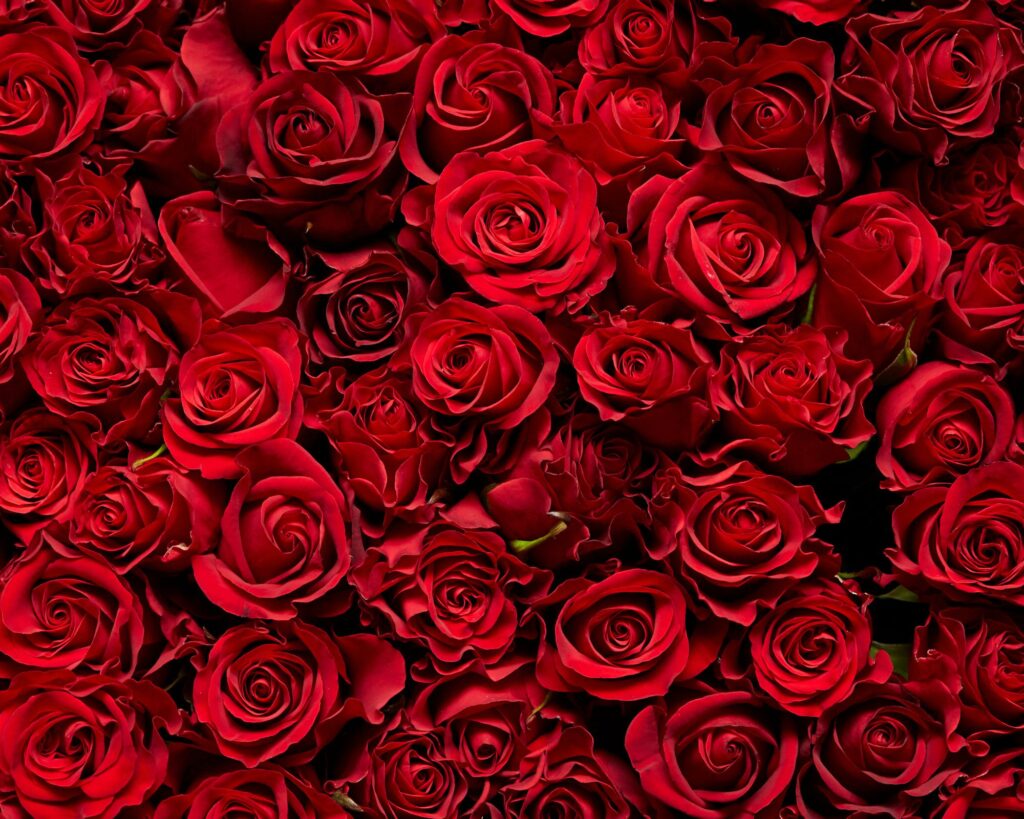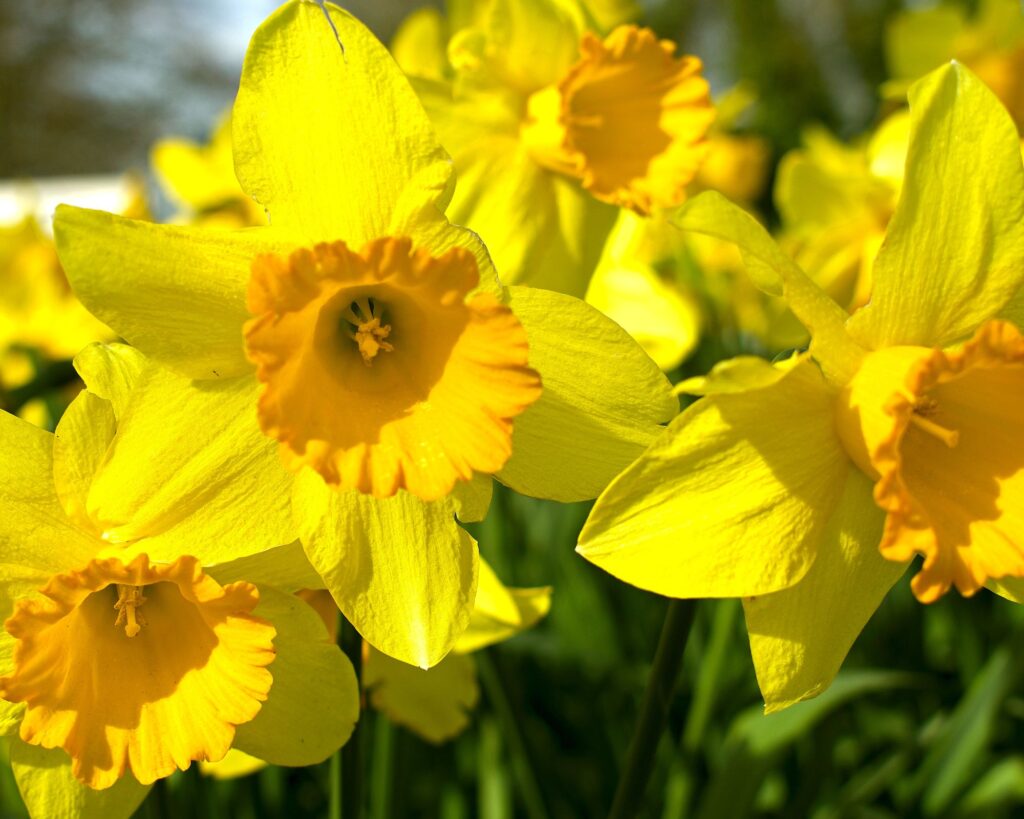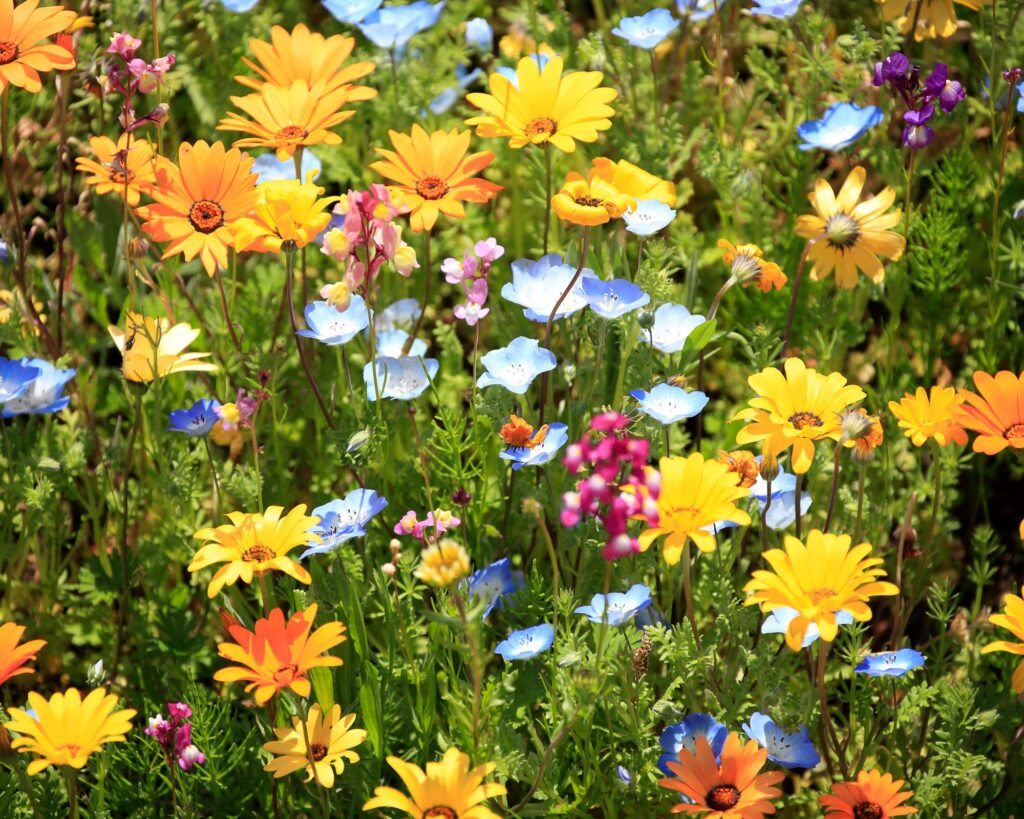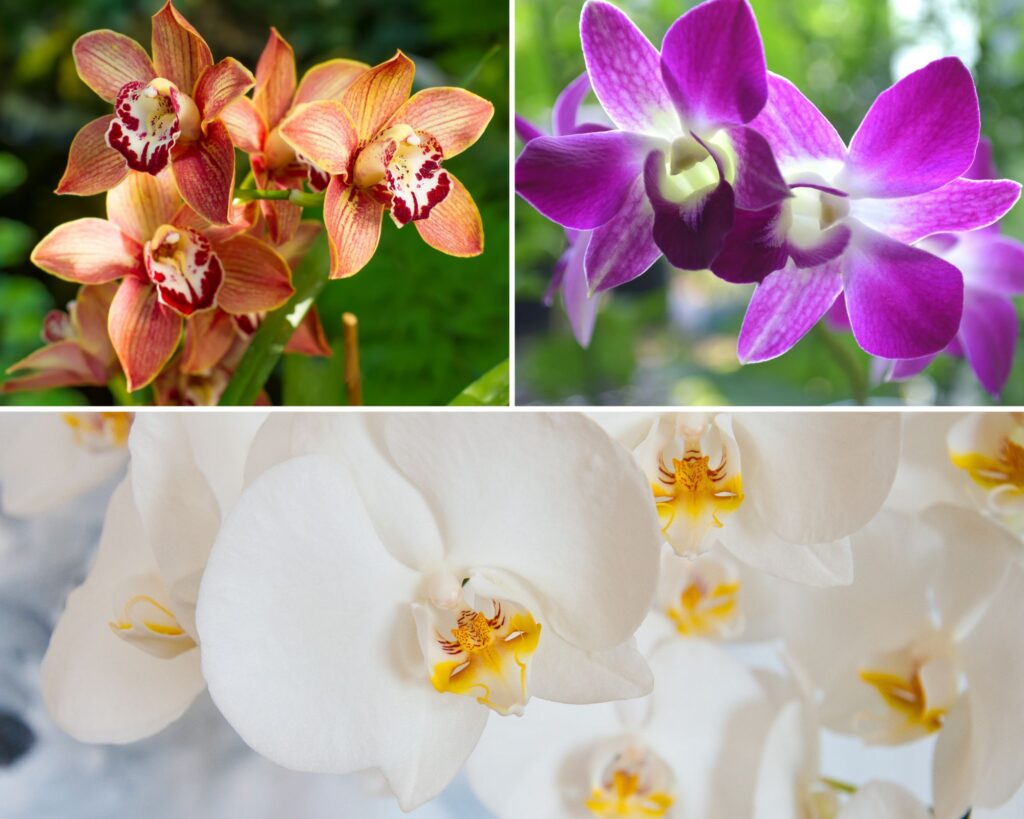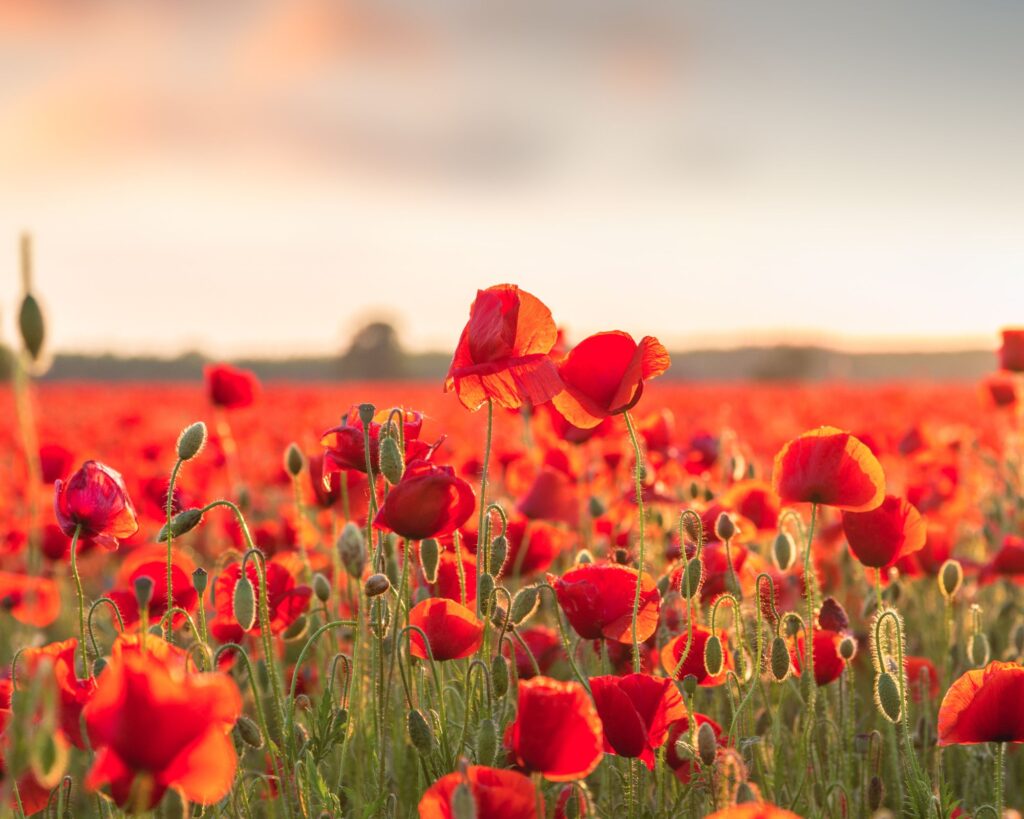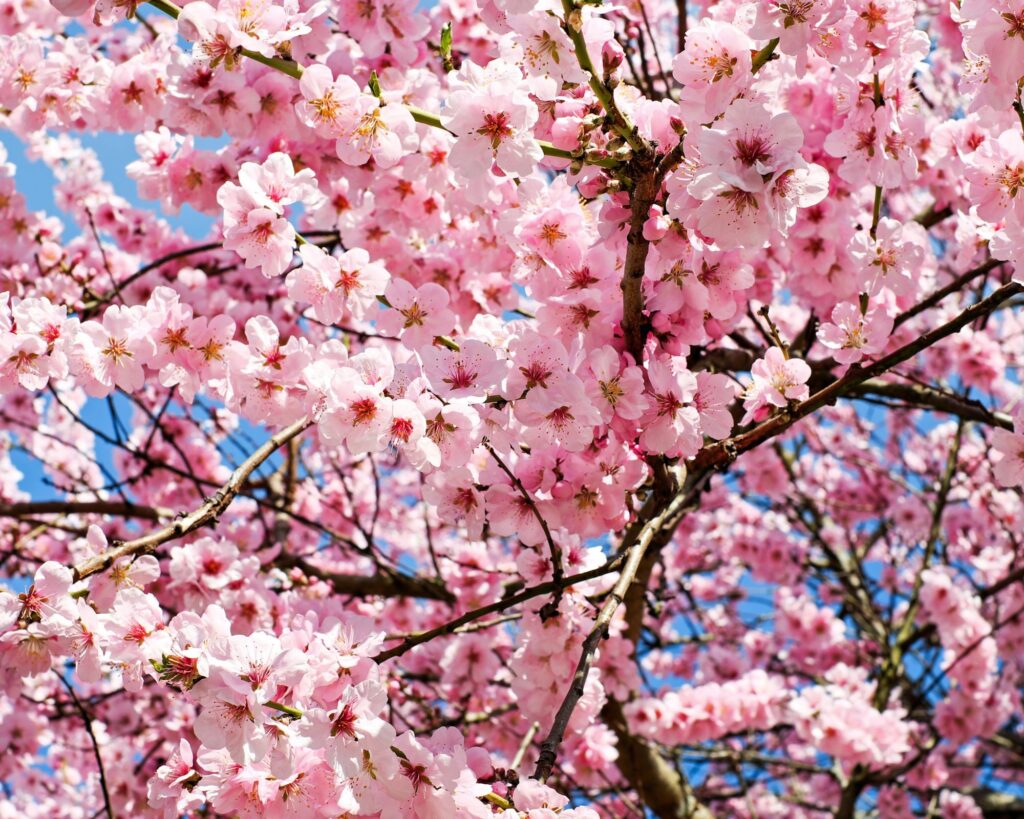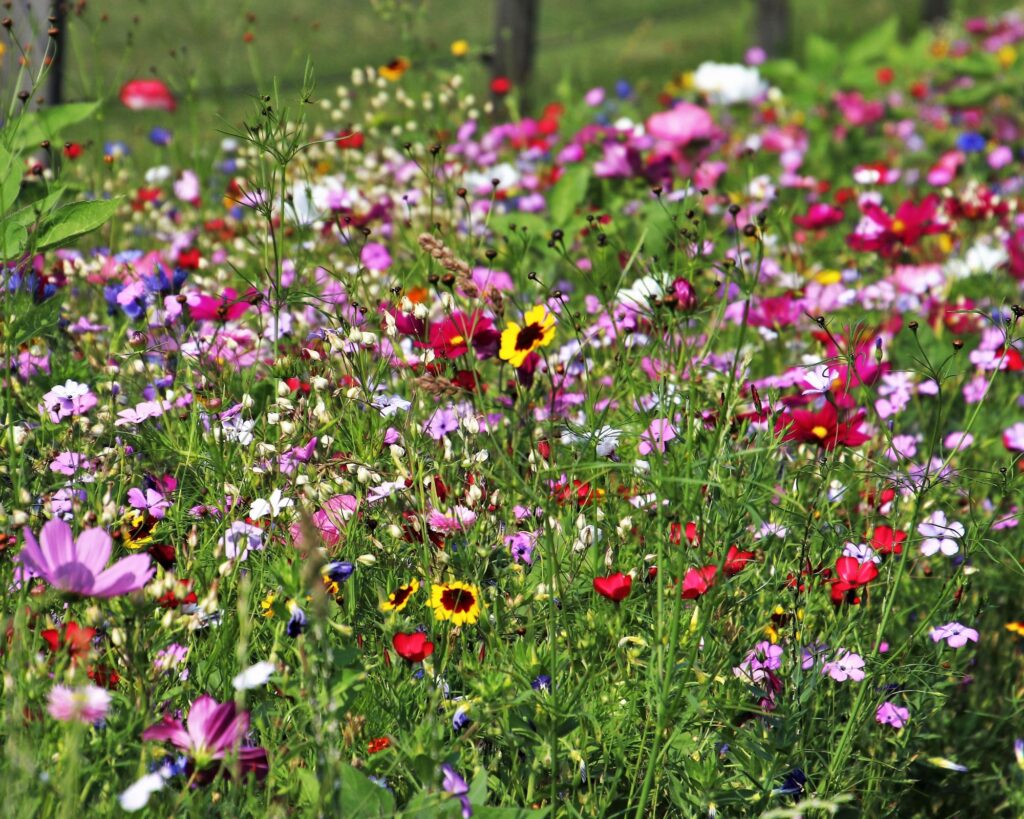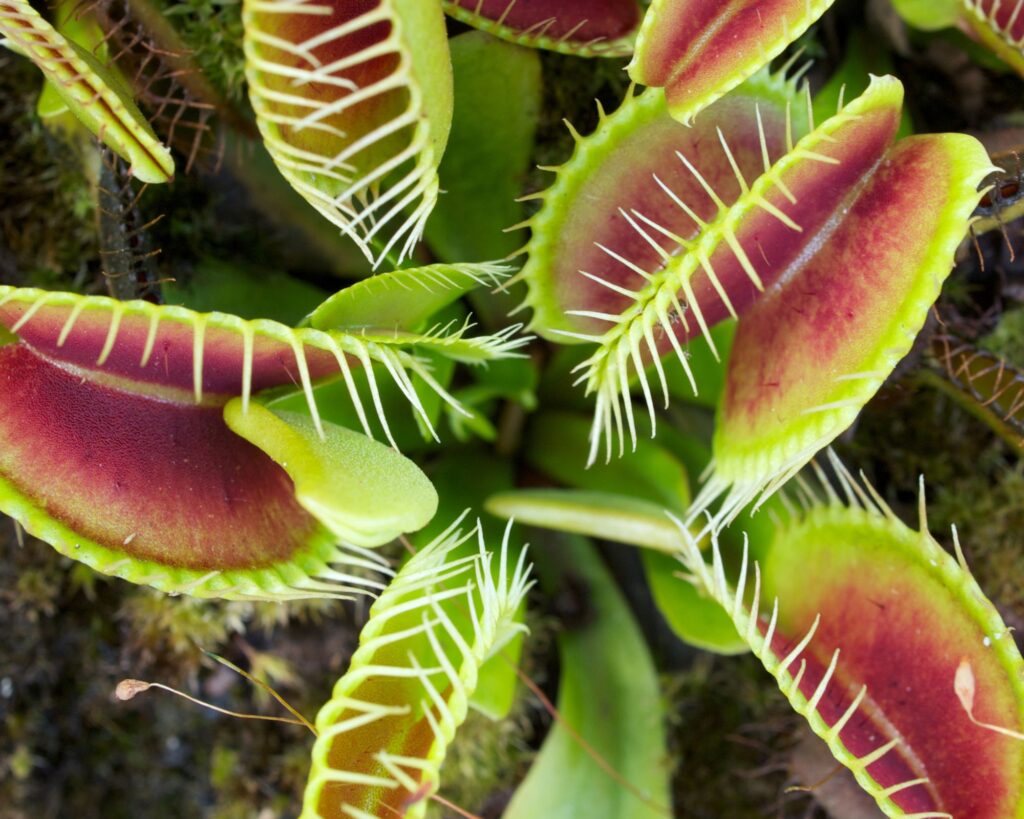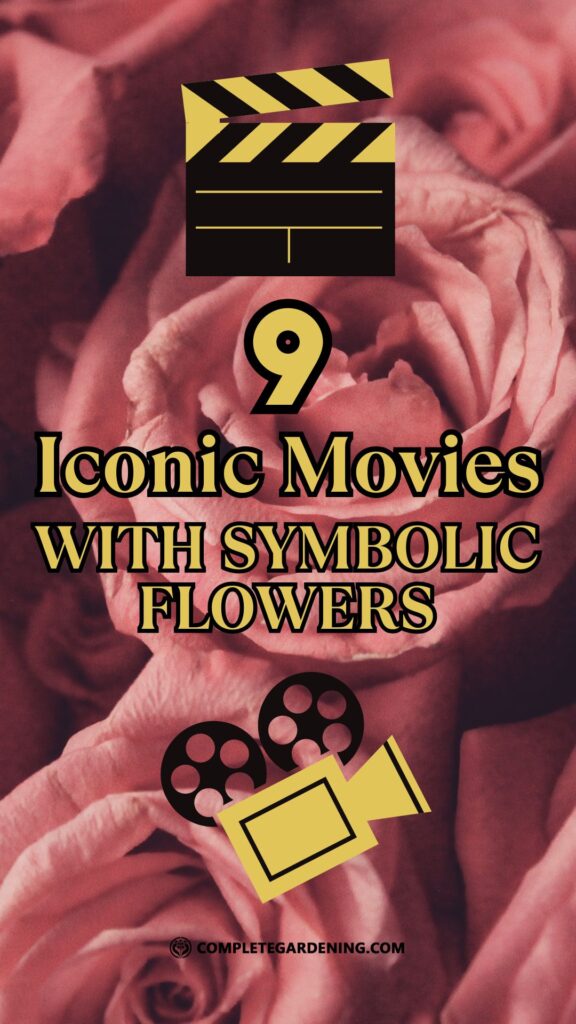Flowers have been used in film to communicate more than just visual beauty. They bring depth to scenes, symbolize emotions, and heighten the atmosphere of pivotal moments.
From classic movies to modern blockbusters, flowers have added layers of meaning and symbolism that enrich the storytelling.
Here are nine popular films where flowers play memorable and symbolic roles, shaping scenes and leaving lasting impressions.
1. American Beauty
Sam Mendes’ American Beauty dives deep into themes of desire, beauty, and hidden obsessions, with roses symbolizing both lust and fantasy.
In one of the most iconic scenes, rose petals are used as a visual metaphor for the forbidden and unattainable desire Lester Burnham (Kevin Spacey) harbors for Angela (Mena Suvari).
The flowers aren’t just background decoration but central to the imagery, representing Lester’s yearning for an idealized beauty and a life filled with youthful vitality.
The petals emphasize the contrast between the allure of outer appearances and the darker undercurrents of the characters’ inner lives, making flowers central to the film’s narrative arc and visual identity.
2. Alice in Wonderland
Whether in Disney’s original animated classic or Tim Burton’s vivid reimagining, Alice in Wonderland takes viewers to a world filled with talking flowers that add a layer of whimsy and surreal charm.
The flowers Alice encounters in Wonderland are more than just beautiful – they have personalities and interact with her, symbolizing the curiosity and strangeness of her journey.
The scenes in the flower garden illustrate the magical and unpredictable nature of Wonderland, where the familiar becomes fantastical.
Flowers in both versions capture the curiosity of Alice’s journey, adding both humor and magic to her encounters.
3. Big Fish
Tim Burton’s Big Fish is filled with fantastical imagery, with one of its most heartfelt scenes set in a field of daffodils.
The protagonist, Edward Bloom (Ewan McGregor), plants an entire field of these flowers as a romantic gesture to win over his future wife, Sandra.
The daffodils symbolize Edward’s undying devotion and his flair for grand, imaginative gestures, blending the lines between reality and fantasy.
As a symbol of new beginnings and dreams, the daffodil field captures the essence of the movie’s themes, highlighting the beauty of love, commitment, and the magic of storytelling.
Flowers here are not mere visuals; they’re an embodiment of Edward’s character and the extraordinary life he leads.
4. The Secret Garden
The Secret Garden, based on Frances Hodgson Burnett’s beloved novel, centers around a young girl named Mary who discovers a hidden, overgrown garden that becomes a place of healing and transformation.
The flowers and plants in this magical garden symbolize renewal, growth, and the resilience of life. As Mary nurtures the garden back to health, she too undergoes a transformation, finding inner strength and healing from the trauma of her past.
Flowers here become powerful symbols of recovery, illustrating that love and care can breathe life into even the most desolate spaces.
The garden’s vibrant blooms mirror Mary’s own journey and serve as a poignant metaphor for the power of nature in personal healing.
5. The Great Gatsby
Baz Luhrmann’s adaptation of The Great Gatsby is visually extravagant, and flowers play a significant role in emphasizing Gatsby’s longing for opulence and his fixation on Daisy Buchanan.
Gatsby’s mansion is filled with flowers during a reunion scene between him and Daisy, symbolizing his desire to impress and recapture a past moment of love and happiness.
The over-the-top floral decorations showcase Gatsby’s need to create an environment that embodies his wealth and devotion.
Flowers here are symbols of both romance and the futility of Gatsby’s efforts to recreate the past. They represent the fleeting nature of his dream, a beautiful illusion that cannot last.
6. The Wizard of Oz
The poppy field in The Wizard of Oz is one of the most iconic floral scenes in cinematic history. As Dorothy and her friends journey through Oz, they encounter a beautiful field of poppies that induces a magical sleep.
The poppies symbolize the allure of escapism and the dangers of temptation. They also add a layer of surreal magic to the journey, creating a scene that is both visually stunning and foreboding.
The poppy field is a reminder of the obstacles and illusions one must overcome to reach one’s goals, making it a powerful metaphor within Dorothy’s quest.
7. Memoirs of a Geisha
In Memoirs of a Geisha, cherry blossoms hold deep significance, symbolizing beauty and the fleeting nature of life.
Scenes showcasing cherry blossoms emphasize the traditional beauty and grace associated with Japanese culture, as well as the transient moments of happiness experienced by the protagonist, Sayuri.
Cherry blossoms are a symbol of hope and the delicate balance between beauty and sorrow. They mirror Sayuri’s journey and her moments of joy and longing, enhancing the emotional depth of the story.
The scenes with cherry blossoms bring a sense of tranquility and remind viewers of the beauty found in life’s fleeting moments.
8. Pride and Prejudice
The romantic adaptation of Jane Austen’s Pride and Prejudice is filled with lush, outdoor scenes, often framed by wildflowers that emphasize the natural beauty of the English countryside.
These flowers add to the film’s romantic atmosphere and are a fitting backdrop for Elizabeth Bennet and Mr. Darcy’s love story. The wildflowers symbolize simplicity, authenticity, and freedom, qualities that Elizabeth values.
The flower-filled landscapes also underscore Elizabeth’s independence and love for nature, contrasting with the more structured, formal settings of high society.
The use of wildflowers as a recurring visual motif beautifully captures the themes of love and individuality in the story.
9. Little Shop of Horrors
Little Shop of Horrors takes a darker, comedic turn on the concept of flowers. The plant Audrey II is far from a traditional flower; instead, it’s a monstrous, carnivorous plant with a craving for human blood.
This movie puts a twist on the idea of “flower power,” making Audrey II a memorable character that brings horror to the floral world. Audrey II symbolizes greed, desire, and the dangers of unchecked ambition.
The contrast between the beauty of plants and the grotesque demands of Audrey II adds a satirical element to the story, making this film a unique take on the role of flowers in cinema.
These nine films showcase how flowers can be powerful symbols, adding layers of meaning and emotion to scenes.
Whether used to express love, temptation, transformation, or the darker sides of ambition, flowers help these stories bloom with visual and emotional resonance.
Each of these films uses flowers to do more than beautify; they help convey deeper messages, illustrate character journeys, and bring a touch of the magical, the whimsical, and the poignant to the screen.
From the whimsical flowers of Wonderland to the haunting flora in Annihilation, flowers are a versatile and universal symbol in film, reminding us that sometimes the most subtle elements can have the greatest impact on a story.
